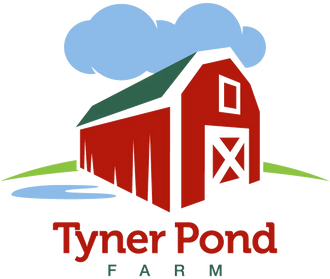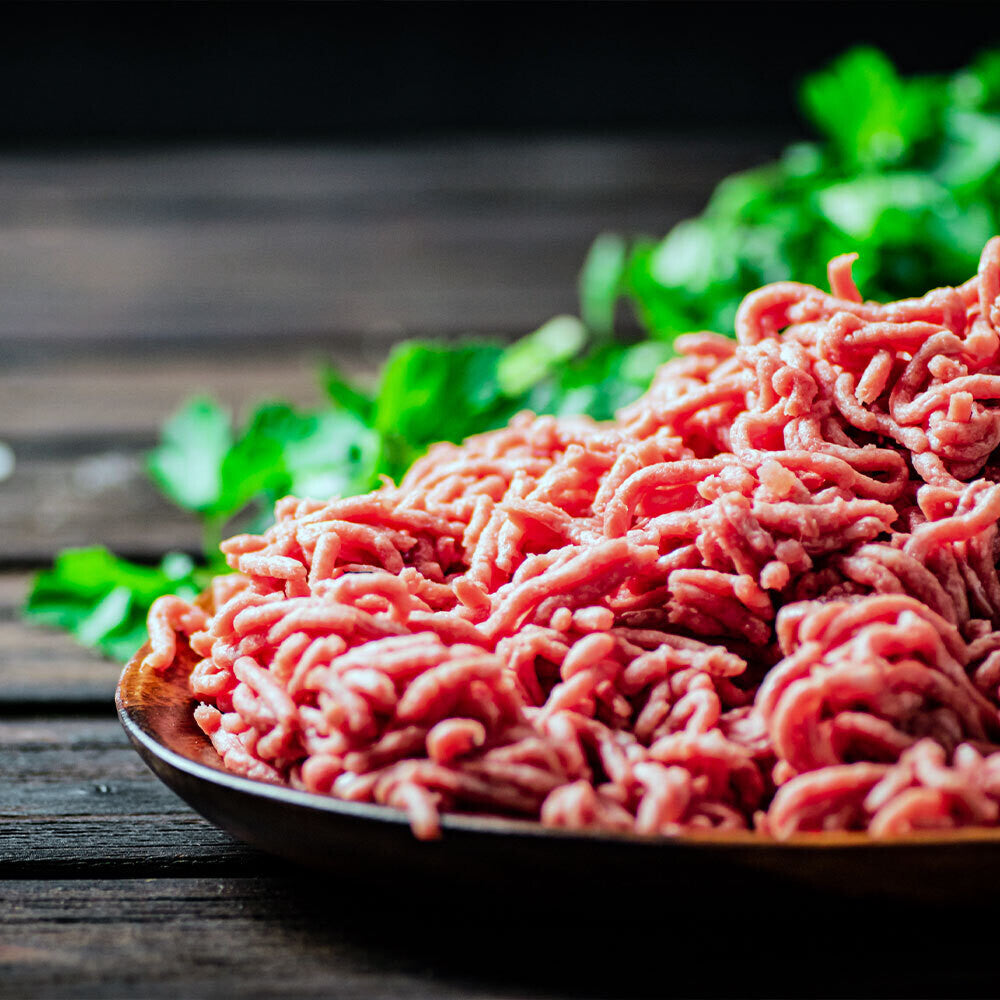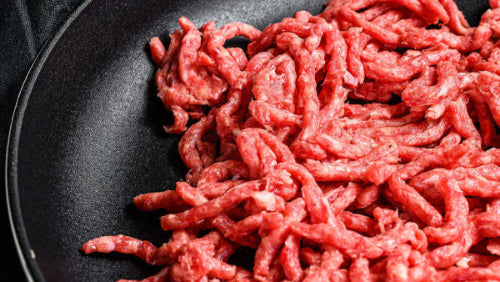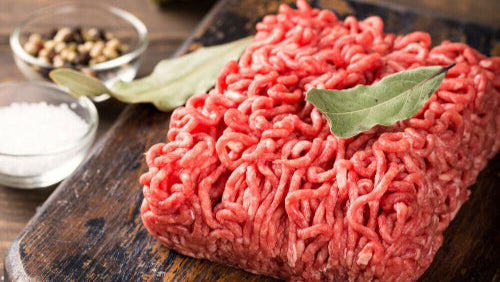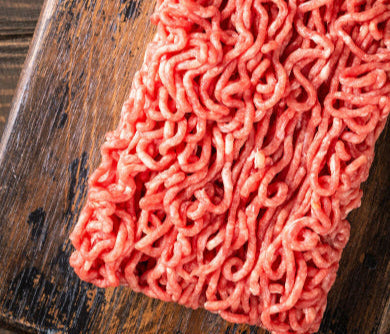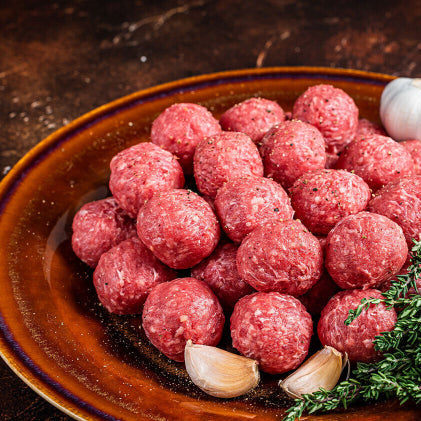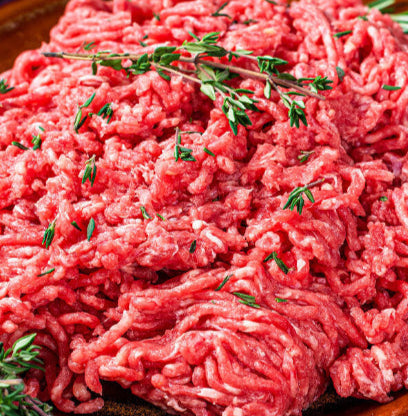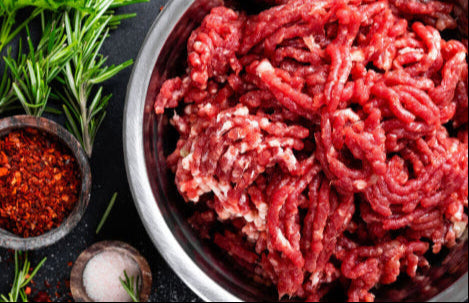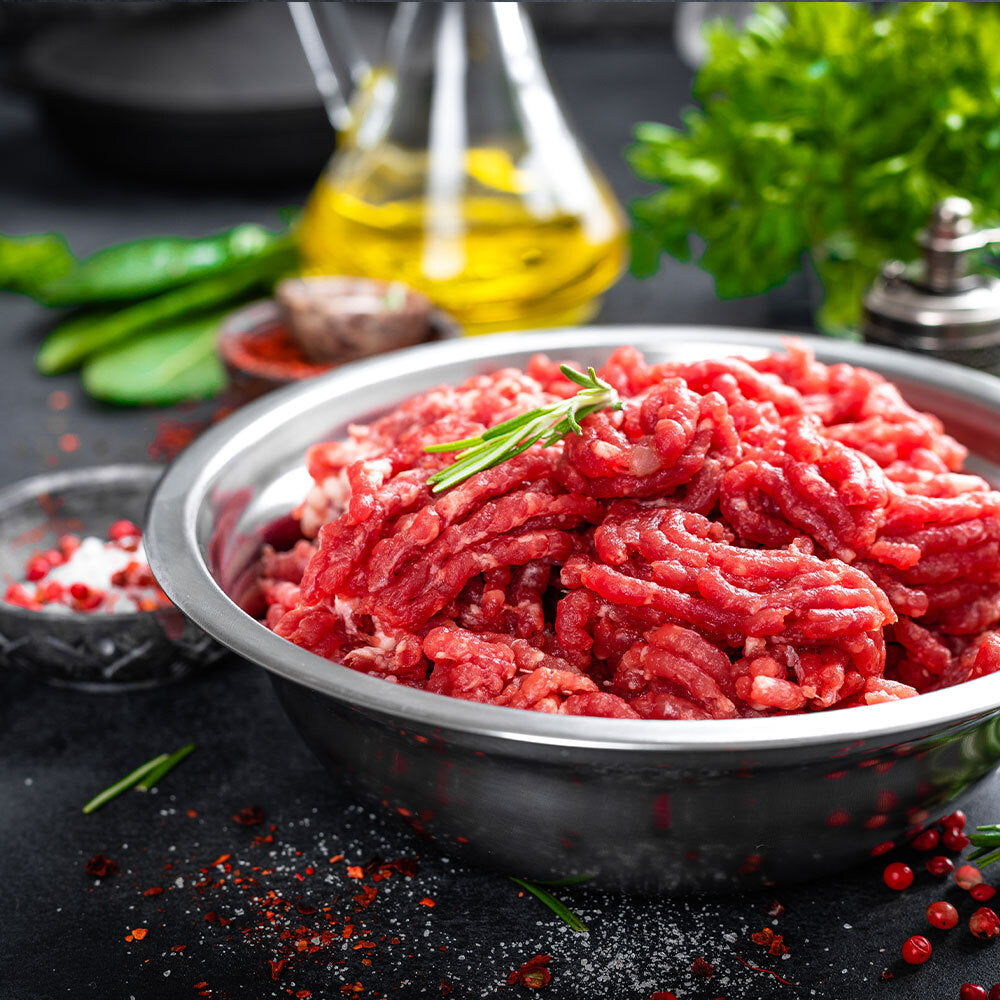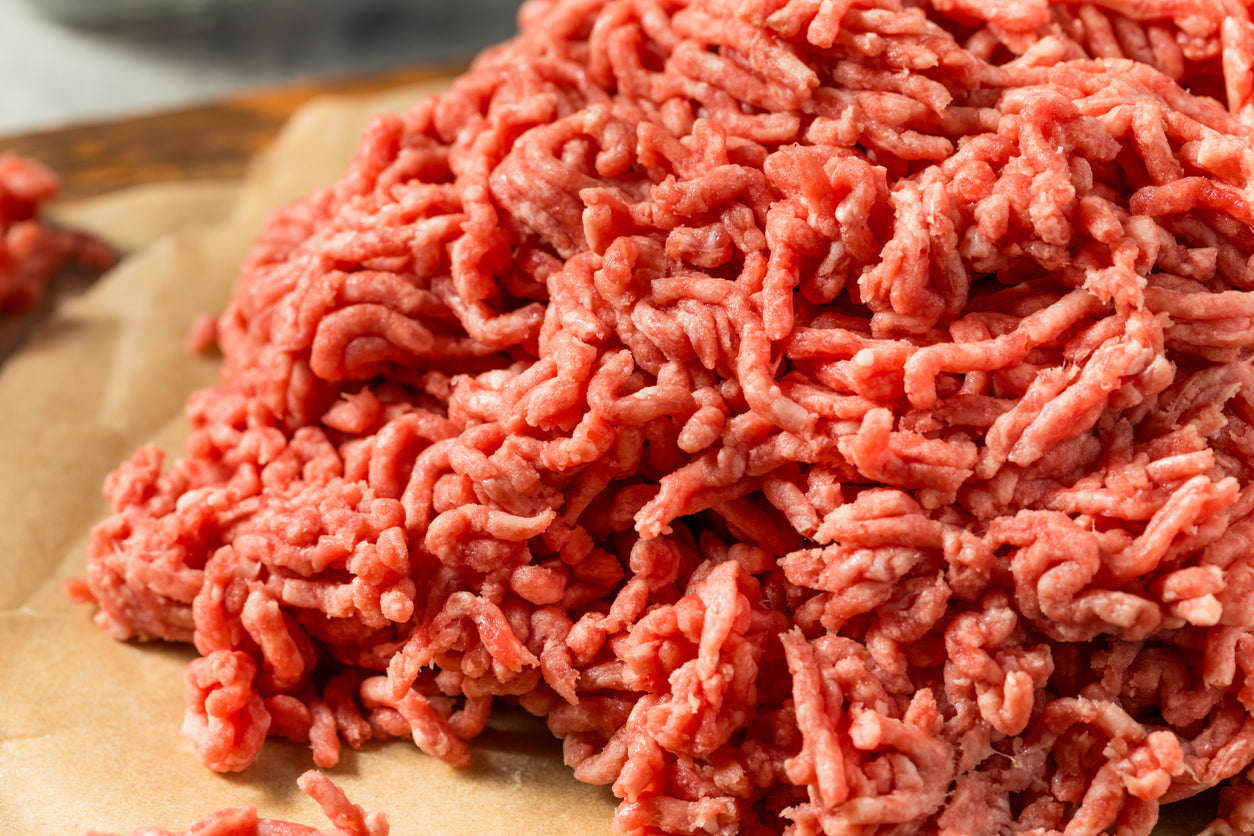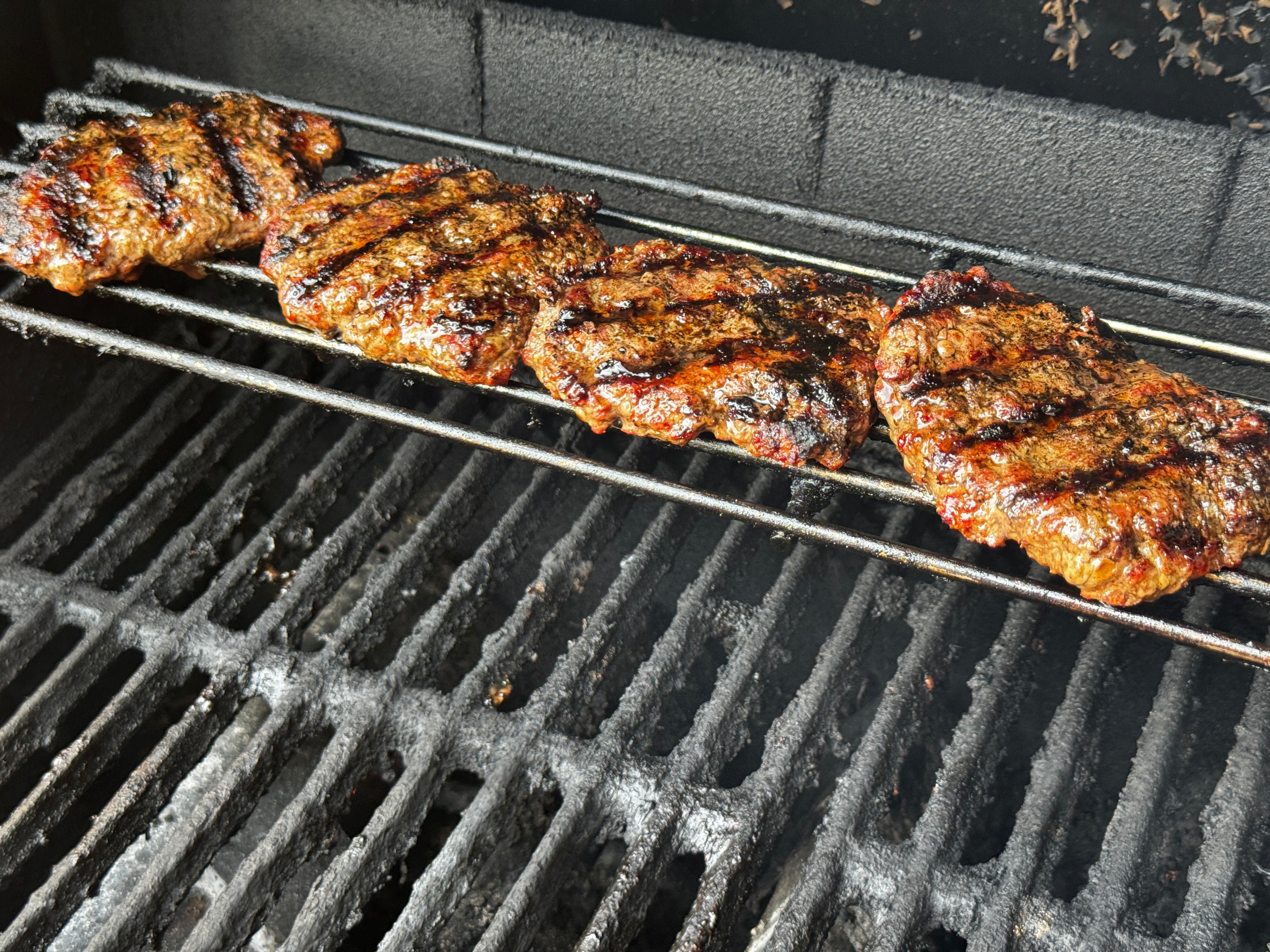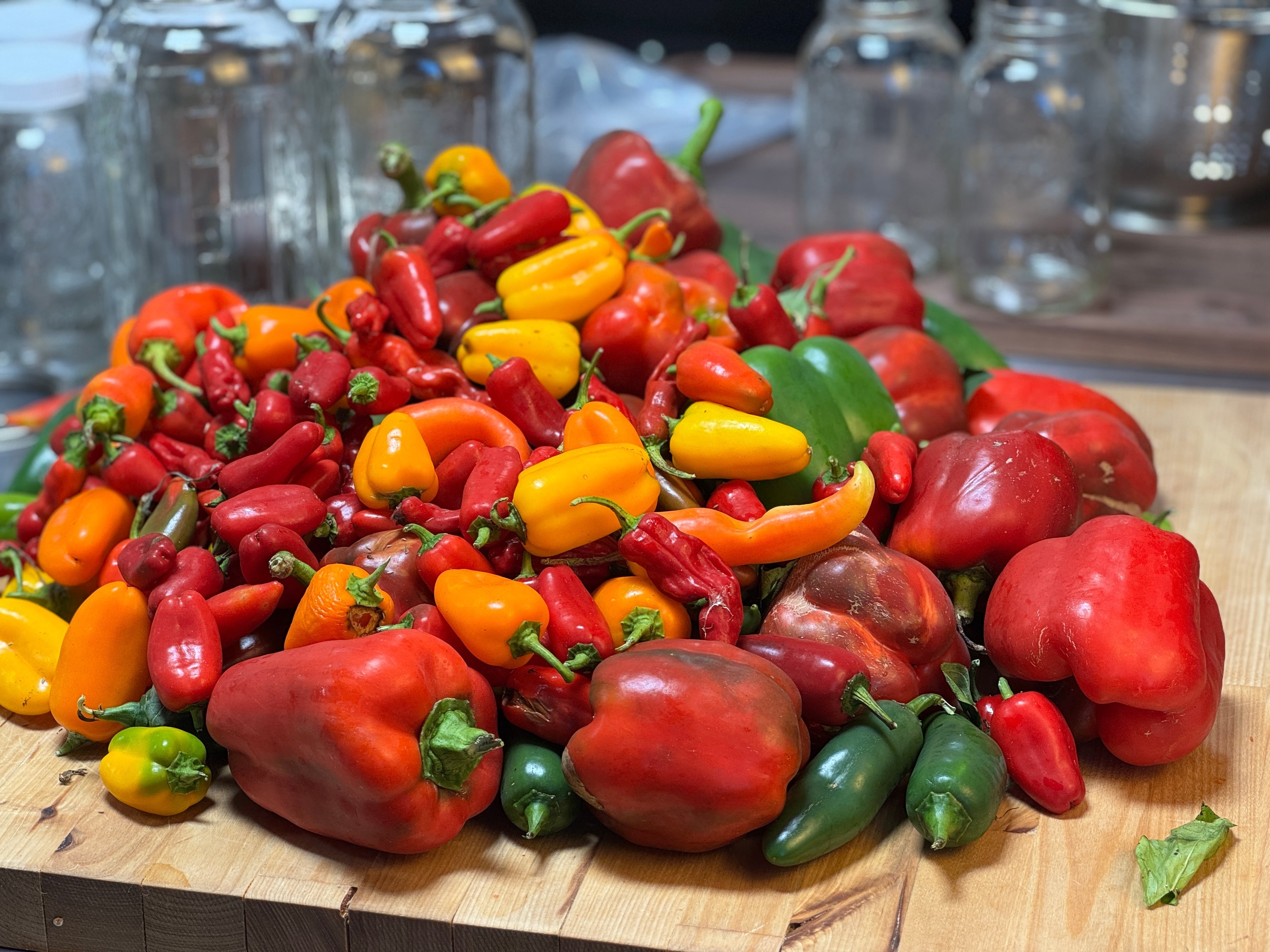
How to Make and Use Pepper Sauce
I don’t know why I waited my whole life to make pepper sauce. It’s so easy, and all it takes is three ingredients: peppers, vinegar, and salt.
As summer winds down and the growing season comes to a close, many of us look for ways to stretch the harvest into the colder months. Pepper sauce is one of the simplest ways to do that. It’s a straightforward preserve that keeps for months and adds sharp, clean heat to nearly any meal.

Why Pepper Sauce?
Peppers are at their peak right now—fresh and abundant. Preserving them as a sauce means you’ll have access to that flavor long after the frost has set in. And unlike store-bought bottles, homemade pepper sauce has no preservatives, no dyes, and no sugar.
How to Make It
Here’s the basic method:
-
Wash and chop 2 cups of fresh peppers. Remove seeds if you prefer less heat.
-
Add the peppers to a saucepan with 2 cups vinegar and 1–2 teaspoons salt.
-
Simmer for about 10 minutes until the peppers soften.
-
Blend until smooth. For a thinner texture, strain through a fine sieve.
-
Bottle in clean glass jars and store in the refrigerator.
That’s all there is to it. Some folks choose to ferment peppers in salt brine instead of cooking them in vinegar, but the result is the same idea: a sauce that preserves the harvest and keeps well into winter.
Is It Healthy?
Yes. With no sugar or additives, pepper sauce is naturally low in carbs and fits perfectly into a ketogenic or carnivore diet. The peppers contribute vitamins and antioxidants, while vinegar acts as a natural preservative.
How to Use Pepper Sauce with Tyner Pond Products
The best part of pepper sauce is how it elevates simple, nutrient-dense food. Here are a few ways I’ve been using it:
-
Eggs – over pasture-raised scrambled eggs or fried eggs.
-
Beef – drizzled on a grassfed New York strip or stirred into shredded beef.
-
Chicken – brushed onto roasted chicken just before serving.
-
Pork – mixed into pulled pork or splashed on a chop.
-
Seafood – stirred into melted butter and poured over salmon or sardines.
Preserving Tradition
At Tyner Pond Farm, we talk often about food as more than what’s on the plate. Making your own condiments is one small way to stay independent of the industrial food system. With peppers, vinegar, and salt, you can carry the summer harvest into the winter months and keep your meals lively and honest.
